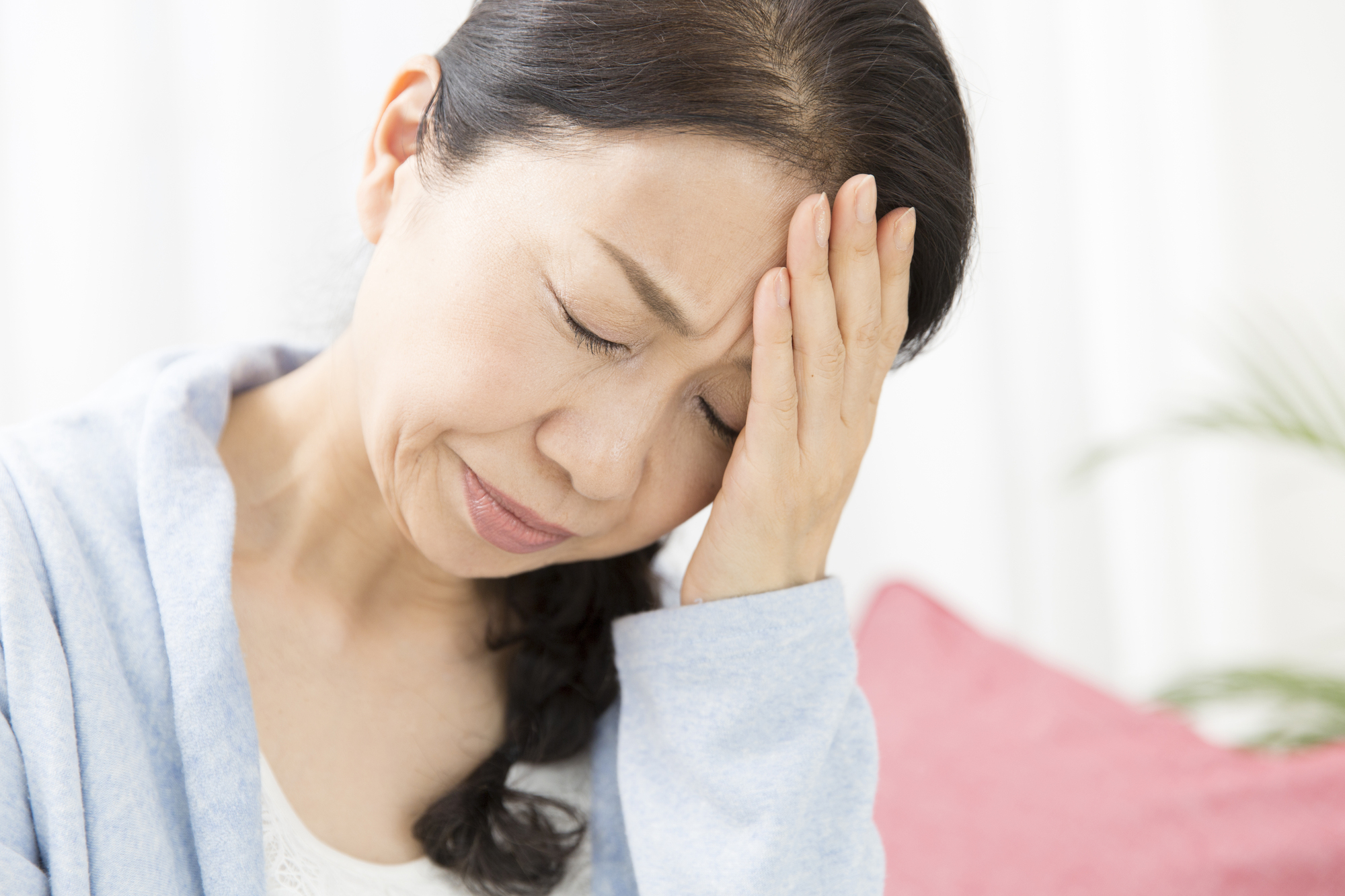-Dr. Yen-Ju Lin, Attending Psychiatrist, Department of Psychiatry, Kaohsiung Medical University Chung-Ho Memorial Hospital (KMUH)
-
Ms. Chang, a 53-year-old office worker, suffered from chronic lower back pain caused by a past injury and years of poor sitting posture. What started as mild discomfort gradually worsened into persistent pain that disrupted her sleep. She often had trouble falling asleep due to the pain and would wake up multiple times during the night. As a result, she felt exhausted during the day, her work performance declined, and she became increasingly irritable—only making the pain feel even more unbearable.
The Two-Way Link Between Pain and Sleep Disorders
Ms. Chang’s experience mirrors that of many individuals suffering from both pain and insomnia. Research has shown a strong bidirectional relationship between pain and sleep disturbances. Over half of chronic pain patients also suffer from sleep disorders such as insomnia, restless legs syndrome, or obstructive sleep apnea. Pain disrupts deep sleep and fragments the sleep cycle, leading to reduced quality of life and impaired health. In turn, sleep disturbances can increase pain sensitivity and are a known risk factor for chronic pain development. This vicious cycle can also exacerbate mental health conditions like anxiety and depression.
Approaches to Pain Management for Better Sleep
Breaking the pain–insomnia cycle often starts with effective pain control, which can be divided into non-pharmacological and pharmacological approaches:
1. Non-Pharmacological Treatments
Rehabilitation and exercise have shown promising results in alleviating pain and improving sleep. Aquatic therapy, in particular, has been effective in reducing pain symptoms. Cognitive Behavioral Therapy (CBT) is another proven approach for managing both chronic pain and sleep disorders. CBT helps patients reframe negative thought patterns and behaviors related to pain and sleep, thus enhancing their quality of life. Additional strategies such as relaxation techniques and mindfulness meditation are also beneficial in addressing both issues.
2. Pharmacological Treatments
Medication plays a critical role in pain relief. Common options include non-steroidal anti-inflammatory drugs (NSAIDs), acetaminophen, opioids, and corticosteroids—each effective for various types of acute and chronic pain. For neuropathic pain, certain antidepressants such as tricyclic antidepressants (TCAs), selective serotonin reuptake inhibitors (SSRIs), and serotonin-norepinephrine reuptake inhibitors (SNRIs) have dual benefits: they regulate mood, reduce pain perception, and promote better sleep. All medications should be taken under medical supervision to avoid potential side effects or dependency. Combining medication with non-drug therapies often results in the best outcomes.
Strategies to Improve Sleep and Ease Pain
According to Irwin and colleagues, improving sleep quality can significantly reduce chronic pain and enhance overall well-being. Practical methods include creating a restful sleep environment, maintaining regular sleep-wake schedules, managing light exposure, and practicing deep breathing, progressive muscle relaxation, or meditation.
For those struggling with insomnia, CBT for insomnia (CBT-I) is the gold standard in non-drug therapy. It includes techniques such as sleep restriction, stimulus control, sleep hygiene education, and correcting distorted beliefs about sleep that fuel anticipatory anxiety. In some cases, short-term pharmacological interventions—such as melatonin, dual orexin receptor antagonists (DORAs), antidepressants, and benzodiazepine or non-benzodiazepine hypnotics—may be prescribed to provide faster symptom relief.
Through shared decision-making and professional guidance from physicians, individuals can discover a personalized approach that best suits their needs.
Conclusion
Though chronic pain and sleep disturbances present serious challenges for many, both conditions are treatable. With appropriate medical advice, proactive treatment, and confidence in one's healing potential, it is possible to escape the cycle of persistent pain and restless nights—and regain energy and joy in everyday life.
Source: “KMUH Health News,” Vol. 44, Issue 03, August 2024 – Special Issue on Pain and Neuropathic Conditions.
For more articles, visit: https://www.kmuh.org.tw/www/kmcj/
All rights reserved. This article may be shared for non-commercial purposes only. Content may not be edited, altered, or repurposed in any form, and proper credit to the source is required.

